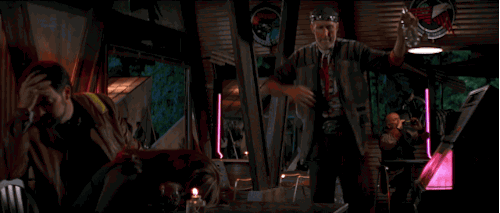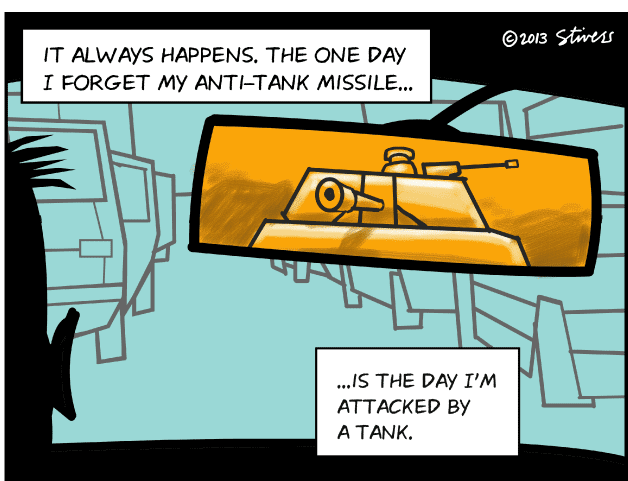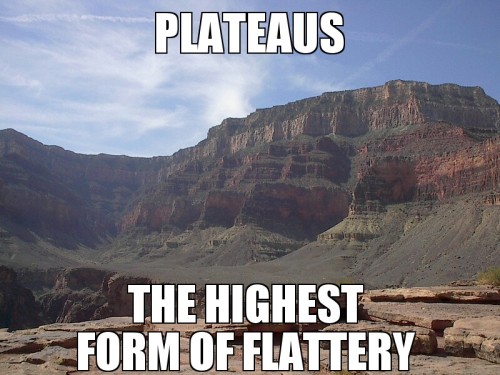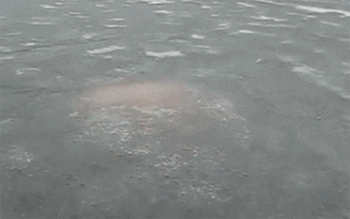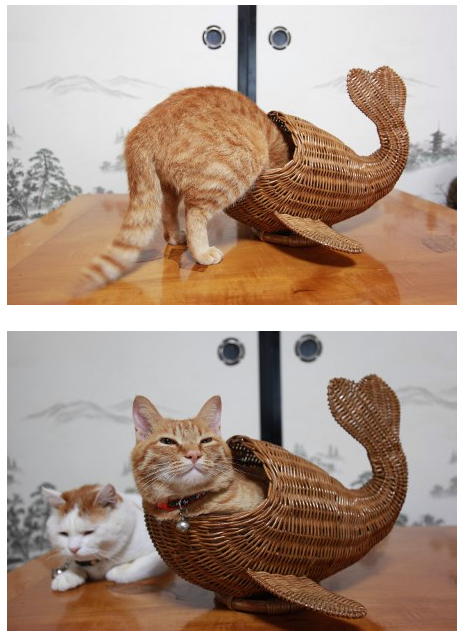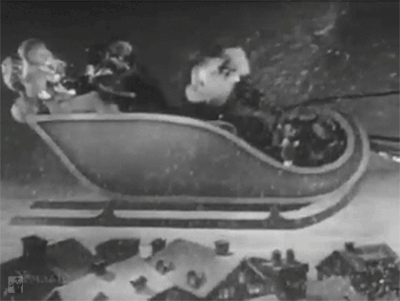Note: AW #63 has now been accreted.
Accretionary Wedge #63 is unique, as far as I can tell, in that it's a two-in-one pairing of the geobloggers' carnival with the (?) botanobloggers' carnival, Berry-Go-Round. The challenge is to find something in which those two disciplines intersect. Now this really isn't a challenge for me; the fact that geology is related to quite literally everything else is a fundamental belief of mine, and a consistent theme of this blog. So the challenge, for me, has been to find a truly
exceptional example- not necessarily the best (What would that even mean?), but an excellent, powerful example. It dawned on me that these stumps at Sunset Bay State Park were an ideal choice.
In the photo above, note the distinct salt water line, about a foot above the beach. The tree in the back center has roots down to, but not much below, that line.
Yet these stumps and their associated roots are well
below that line. How is that possible?
And they are
not small... these were very large, well established trees, not saplings that managed to grow a bit before an exceptionally high tide and/or storm surge killed them.
And there are a good number of them, probably a couple dozen. This was a decent stand of forest. I'd wager there are even more of them buried in the deeper sand on the other side of the creek (Incidentally, the bridge you can use to cross the creek is back there near the basketball hoop and shelter, and there's a good trail back to the south beach)
We had stopped at Shore Acres a couple miles or so south of here for a while before coming back for low tide, and an interpretive pamphlet Dana picked up informed us these these are spruces, radiocarbon dated to about 1000 years ago. They all died at the same time, as a result of an earthquake and corresponding coastal subsidence. This would not have been the last great Cascadia earthquake, the 314th anniversary of which is coming up in about a month, but the second or third youngest, probably.
The steeply dipping strata on the other side of the bay are a testament to the ongoing collision that ultimately doomed these trees. Both serve as a quiet reminder of the danger all of us here in the PNW face.
As I've said before, there's never a convenient time to worry about being prepared for this looming disaster, but
NOW is a better time than later. Hey, it's nearly Christmas! How about this year, you give your family to gift of disaster resilience? And the up side? It's good for
any crisis, whether it's a quake, flood, storm, or zombie apocalypse!
Top photo unmodified. March 8, 2012.
FlashEarth location.












